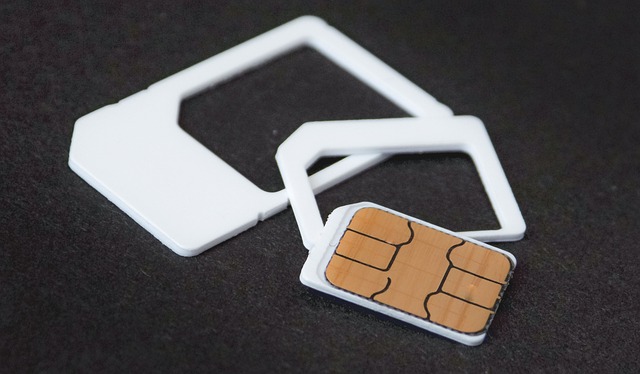Solar Panels In 2025: Cost, Efficiency, And Trends
Solar energy continues to reshape the global approach to sustainable power generation, with significant technological advancements and market transformations expected in 2025. As renewable energy becomes increasingly critical in addressing climate change, solar panels are evolving to meet growing demands for efficiency, affordability, and environmental sustainability. Innovations in photovoltaic technology, manufacturing processes, and energy storage are positioning solar power as a key component of future energy strategies worldwide.
How Are Solar Panel Costs Changing in 2025?
The solar panel market is experiencing a notable shift in pricing dynamics. Experts project continued cost reductions driven by technological improvements and increased manufacturing scale. Current estimates suggest that solar panel prices could decrease by an additional 15-20% compared to 2023 prices, making solar installations more accessible to a broader range of consumers and businesses.
| Provider | Panel Efficiency | Estimated Cost per Watt | Warranty |
|---|---|---|---|
| SunPower | 22.8% | $2.50 - $3.20 | 25 years |
| LG Solar | 21.7% | $2.30 - $3.00 | 25 years |
| Canadian Solar | 20.5% | $2.10 - $2.80 | 12-25 years |
| Panasonic | 21.2% | $2.40 - $3.10 | 25 years |
Prices, rates, or cost estimates mentioned in this article are based on the latest available information but may change over time. Independent research is advised before making financial decisions.
Solar Panel Efficiency Advancements in 2025
Technological innovations are pushing the boundaries of solar panel efficiency. Emerging photovoltaic technologies are expected to increase energy conversion rates, with some advanced panels approaching 25-26% efficiency in laboratory settings. Innovative materials like perovskite solar cells and multi-junction technologies are showing promising results, potentially revolutionizing solar energy capture and conversion.
Emerging Trends in Solar Panel Technology
Several key trends are shaping the solar panel landscape in 2025. Bifacial solar panels, which capture energy from both sides, are gaining popularity, offering up to 30% additional energy generation compared to traditional panels. Additionally, integrated solar solutions are becoming more sophisticated, with solar roof tiles, building-integrated photovoltaics (BIPV), and flexible panel designs expanding potential applications.
Energy Storage and Grid Integration Developments
Improvements in battery technology are complementing solar panel advancements. More efficient and affordable energy storage solutions are emerging, addressing intermittency challenges associated with solar power. Innovations in smart grid technologies and home energy management systems are enabling more sophisticated integration of solar energy into existing power infrastructure.
Environmental and Economic Impact
The solar industry continues to play a crucial role in global decarbonization efforts. Reduced manufacturing costs, increased efficiency, and improved sustainability of production processes are making solar energy more environmentally friendly. Governments and private sectors are increasingly investing in solar infrastructure, recognizing its potential to address climate change and energy security challenges.
The solar panel landscape in 2025 presents an exciting convergence of technological innovation, economic viability, and environmental consciousness. As efficiency improves and costs continue to decrease, solar energy is poised to become an increasingly integral part of global energy solutions.





